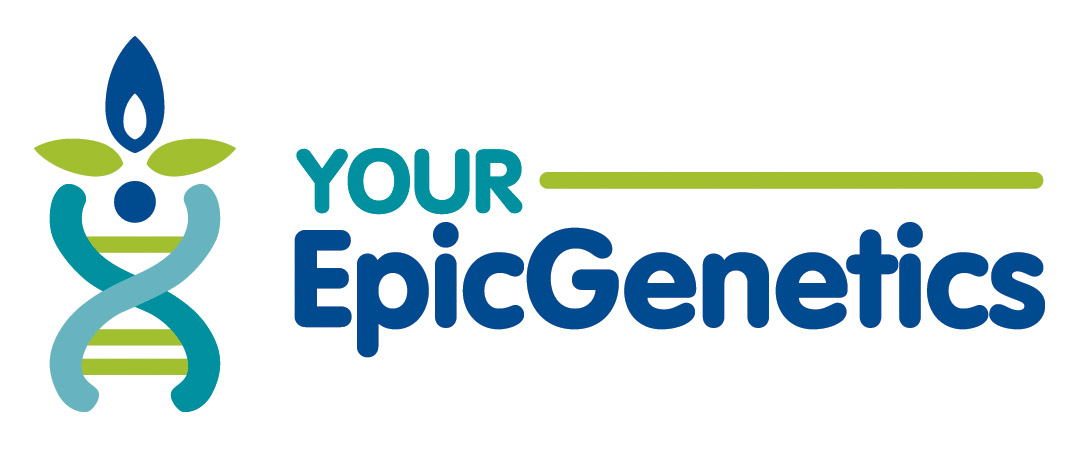Benefits of Vitamin D
Vitamin D may be one of the most fundamentally important building blocks available to us for creating and sustaining vibrant health (1). Vitamin D is a fat-soluble vitamin that promotes calcium absorption in the intestine and maintains calcium and phosphate levels in the blood, protecting against osteoporosis, rickets, and bone fracture. It also regulates immune function, cell growth, and neuromuscular function (2). Research shows that vitamin D deficiency is associated with increased risk of autoimmunity and an increased susceptibility to infection. In addition, the beneficial effects of supplementing vitamin D in individuals with autoimmune dysfunction may extend beyond the effects of bone health (3).
A Hormone…
There are two main forms of vitamin D: vitamin D3, which is formed in the skin after exposure to sunlight and from consumption of animal-sourced foods, and vitamin D2, which is obtained mainly through plant sources and fortified foods (4). One interesting fact about vitamin D is that in its active form it is a hormone! Despite the original misnaming of vitamin D this term has continued to be used (5).
Co-Nutrients Needed
Vitamin D is complex and requires other synergistic nutrients to be utilized in our bodies. For starters, vitamin D is fat-soluble, meaning, fat is a necessary vehicle for vitamin D to be absorbed. Another example is vitamin D’s role in building and maintaining healthy bones. While calcium is the primary component of bone, it can only be absorbed by your body when vitamin D is present (6). Another complex relationship is between the fat-soluble vitamins, A, D, and K. Vitamin A is an essential factor in vitamin D’s hormonal function, and vitamin K is necessary to activate the proteins made in response to vitamins A and D (7).
Optimal Levels Vary on an Individual Basis
Recommendations for what constitutes adequate intake of vitamin D varies. Nutritional biochemist Dr. Chris Masterjohn has presented evidence suggesting that optimal vitamin D levels may vary from population to population. One must also take into consideration other vitamin deficiencies and lifestyle factors that may play a role in your overall vitamin D need. It’s best to find an integrative and functional healthcare practitioner that can test your vitamin D status while comparing those results with your overall health presentation.
3 Ways to Get Vitamin D
There are three ways to obtain vitamin D: exposure to sunlight, food, and supplements. The most effective of all of these methods is exposure to sunlight. Your body makes vitamin D when direct sunlight converts a chemical in your skin into an active form of the vitamin (8). There are some limiting factors, however, such as location, time of year, skin pigmentation, age, pollution, and application of sunscreen. Due to these varying factors, it’s challenging to state a general amount of time one must spend outside. A great, free app, to learn how much time to spend in the sun depending on your age, skin color, and location is D minder!
The next best source of vitamin D is obtained from whole foods. In comparison to other nutrients, the list of vitamin D containing foods is quite short. According to The World’s Healthiest Foods, wild-caught salmon is the best food source of vitamin D as a single serving contains more than the generally suggested Daily Value (DV). Sardines contain over 40% of the DV, and tuna contains just under 25%. Pasture-raised eggs are a good source of dietary vitamin D, with about 10% of the DV per egg. The vitamin D is concentrated in the yolk, so you’ll need to eat the whole egg to get it. Some mushroom species, including shiitakes, contain as much as 5% of the DV (9).
But what about…???
You may be asking, “why isn’t milk on this list? I always see ‘fortified with vitamin D’ on the container?!” This is where things get tricky. While milk does supply a high dose of vitamin D, I want to provide a caveat when relying on processed foods to meet your vitamin and nutrient requirements.
In the United States, as in most parts of the world, fortification of food was initiated as a systematic approach to correct identified nutrient deficiencies in the population (10). The problem with fortification is that the body does not absorb individual nutrients added to processed foods as efficiently compared to nutrients naturally occurring in whole foods (11). Whole foods contain synergistic nutrients that work together to enhance the bio-availability and utilization of each other in our bodies. For example, any milk that has been processed to remove the fat loses the fat-soluble vitamins A, D, and K. Although vitamins A and D are added back, our bodies cannot absorb them without a fat vehicle, nor can they function optimally without the assistance of vitamin K (12). Through this processing of the milk, we’re losing vital nutrients.
With all of that being said, milk does provide vitamin D, however, sourcing is very important. Ensure that your milk is from pasture-raised, organic, grass-fed cows that have ample access to the outdoors and sunlight, as their milk may contain vitamin D even if non-fortified (13).
In Summary… At home test kit… Supplement I like…
Rounding this all out, the very best way to obtain vitamin D is to get plenty of sunlight combined with a nutrient-dense, whole foods diet. However, our modern sedentary and mainly indoor lifestyle, combined with a heavy reliance on processed foods has left the majority of Americans deficient in this vital nutrient. If you want to check your Vitamin D levels with an at-home test kit, here is a link to purchase one.* If after proper testing it is determined that you are deficient in vitamin D, a recommended product is this one, as it provides vitamin K2 in combination with vitamin D3, as they work in a synergistic manner.* While vitamin D is generally regarded as safe, always consult with your doctor before considering the use of any Vitamin D supplement, especially if you have health conditions or diseases that need to be addressed or are pregnant or breastfeeding.
*These are affiliate links, and I may be provided with monetary compensation for recommending these products and linking to them in this blog.
Connect With Me
Stay connected, and receive your 5-Day Immune Support Meal Plan with Recipes, as my gift to you.
Feeling fatigued during the day? Overwhelmed and feeling anxious? Digestive issues, acne, or desiring a more balanced mood? Book your free 15 minute Discovery Session and learn how Functional Nutrition can support your health.
xo Neeley at Your Epic Genetics
This information is being provided to you for educational and informational purposes only. It is being provided to you to educate you about healthy eating and living and as a self-help tool for your own use. It is not medical or psychological advice. This information is to be used at your own risk based on your own judgment.
For my full Disclaimer, please go to https://yourepicgenetics.com/index.php/disclaimer/
Sources
- Masterjohn, Christopher. “From Seafood to Sunshine: A New Understanding of Vitamin D Safety.” The Weston A. Price Foundation, 10 Feb. 2020, westonaprice.org/health-topics/abcs-of-nutrition/from-seafood-to-sunshine-a-new-understanding-of-vitamin-d-safety/.
- Kresser, Chris. “Vitamin D: More Is Not Always Better.” Chris Kresser, 4 Sept. 2019, com/vitamin-d-more-is-not-better/
- Aranow C. Vitamin D and the immune system. J Investig Med. 2011;59(6):881-886. doi:10.2310/JIM.0b013e31821b8755
- Lips, P. “Vitamin D Physiology.” Progress in Biophysics and Molecular Biology, Pergamon, 28 Feb. 2006, sciencedirect.com/science/article/pii/S0079610706000083?via=ihub.
- Morris, Howard A. “Vitamin D: a Hormone for All Seasons–How Much Is Enough?” The Clinical Biochemist. Reviews, U.S. National Library of Medicine, Feb. 2005, ncbi.nlm.nih.gov/pmc/articles/PMC1240026/.
- “Vitamin D.” Mayo Clinic, Mayo Foundation for Medical Education and Research, 18 Oct. 2017, mayoclinic.org/drugs-supplements-vitamin-d/art-20363792.
- Masterjohn, “From Seafood to Sunshine.”
- “Vitamin D”, Mayo Clinic.
- “Vitamin D.” The World’s Healthiest Foods, whfoods.com/genpage.php?tname=nutrient&dbid=110.
- Institute of Medicine (US) Committee on Use of Dietary Reference Intakes in Nutrition Labeling. “Overview of Food Fortification in the United States and Canada.” Dietary Reference Intakes: Guiding Principles for Nutrition Labeling and Fortification., U.S. National Library of Medicine, 1 Jan. 1970, www.ncbi.nlm.nih.gov/books/NBK208880/.
- “Dangers of Food Fortification and Enrichment.” Elmhurst 1925, elmhurst1925.com/blogs/news/dangers-of-food-fortification-and-enrichment.
- Albahrani AA, Greaves RF. Fat-Soluble Vitamins: Clinical Indications and Current Challenges for Chromatographic Measurement. Clin Biochem Rev. 2016;37(1):27-47.
- “Vitamin D.” The World’s Healthiest Foods.


Recent Comments